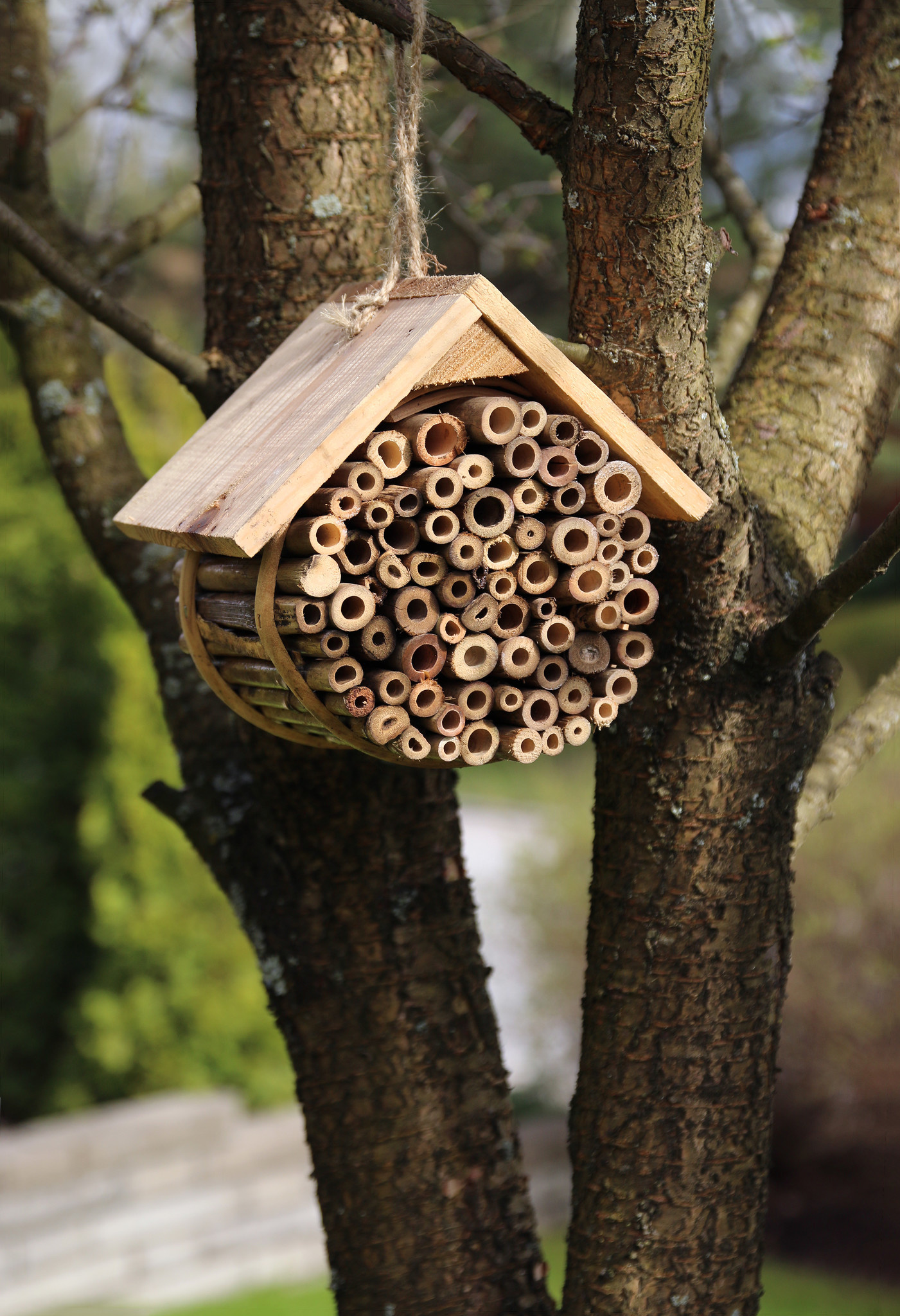All about the insect house

An insect house, also known as an insect hotel, is an artificial shelter that humans create to provide shelter for insects that are beneficial to the garden during the winter. It can be made of different materials such as wood logs, straw or even bricks.
Where should the insect house be installed?
The insect house should be placed in the garden, more precisely in a secluded corner sheltered from the wind and facing south. In recent years, the usefulness of certain insects for the well-being of the garden has been highlighted by many ecologists. It has been pointed out that these insects are more beneficial than the use of certain chemicals. Moreover, the marketing of the latter has been banned for two years now.
Since then, many artificial huts have been set up in most gardens, both public and private. By offering them shelter during the winter, we can be sure of a constant presence of insects that protect our crops against other diseases and pests.
Which insects can move into this type of shelter?
Generally, the insect house is home to so-called "beneficial insects". In the food chain, these are natural predators of pests that can harm the crop.
Many animals can live in the insect house, but it must be built according to the type of insect to make it an ideal and liveable home for them. Currently, the insects found in insect houses are mainly: solitary bees (or osmies), hoverflies, solitary wasps, ladybirds, lacewings, beetles, etc.
How does this insect house work?
As you may have guessed, insects have varied and unique tastes. Especially when it comes to the materials used to build the house. Moreover, you don't have to invest a lot of money for this construction. You will have to use materials that can be found in the natural environment, or salvage materials from unused gardens.
For solitary bees and wasps, hollow stems - such as reeds or grasses - with a diameter of 5 mm are used, pith stems for hoverflies, dry leaves or wooden planks for ladybirds, straw or wood fibres for lacewings.
The advantage of using natural and organic materials in the construction of an insect house is that they do not have to be changed frequently, but rather every two to five years, and they are similar to the natural shelters preferred by insects.
How to furnish your insect house?
The shelter is built and all that's left to do is to fill it to attract the insects, but how do you do that? Obviously, insects will not be attracted to it unless there is something to eat. Generally, they are looking for prey, and therefore for pests that harm the crop. In order to protect the plantation, you have to be prepared to accept that some of the crop will be attacked by pests in order to attract beneficial insects.
Moreover, these are not necessarily predatory insects, but perhaps pollinating insects that are attracted to flowering plants.


Comments
Be the first to comment...